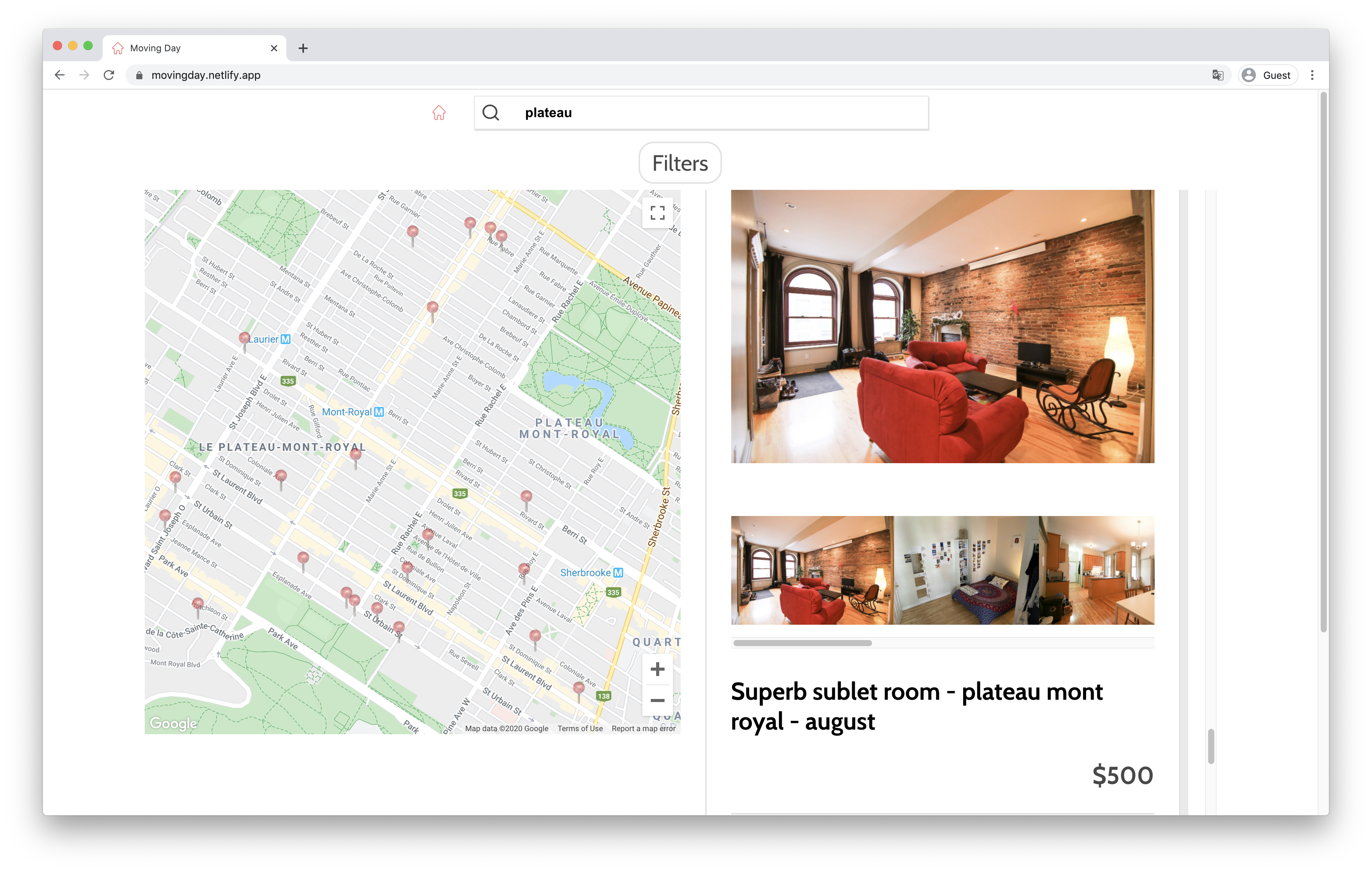
Project Purpose and Goal
hbnb is a full-stack AirBnB clone, built in four iterative phases. The final version (Phase 4) introduced client-side dynamic content loading using a custom RESTful API and jQuery. This version significantly improved performance, interactivity, and user experience by fetching data dynamically instead of relying on static HTML pages.
The primary objectives of Phase 4 were to:
- Request data from our custom API and dynamically modify HTML elements.
- Enhance UI interactivity using jQuery Ajax for GET and POST requests.
- Implement dynamic filters for locations and amenities.
- Improve page responsiveness and load times by fetching and rendering only necessary data.
Web Stack and Explanation
hbnb was built using a combination of Python, Flask, and MySQL for the backend and HTML, CSS, JavaScript, and jQuery for the frontend. The tech stack includes:
- Backend: Flask (Python 3.4.3), MySQL, SQLAlchemy, Gunicorn.
- Frontend: jQuery, AJAX, HTML, CSS (W3C Compliant).
- Web Server: Nginx with Gunicorn as WSGI.
- Deployment: Ubuntu 14.04 LTS.
- API Documentation: Swagger (flasgger==0.6.6).
The API was designed to serve dynamic data such as available places, user reviews, and filter options, ensuring that the website remained responsive and lightweight.
Problems and Thought Process
The biggest challenge was ensuring that the web application loaded dynamically without requiring full-page reloads.
- Dynamic Content Loading: Instead of embedding data into static templates, we used jQuery to fetch and render places dynamically.
- Filter Optimization: Implemented efficient search filters that update the results without reloading the page.
- API Status Check: Integrated a real-time API status indicator, showing whether the backend service is active.
Example Enhancements
- Phase 1: Static HTML with Jinja2 templates.
- Phase 2: Database integration with MySQL.
- Phase 3: RESTful API implementation.
- Phase 4 (Final Version): Dynamic client-side content loading using AJAX.
Lessons Learned & Future Work
This project enhanced my understanding of full-stack web development, including API design, server-side rendering vs. client-side rendering, and performance optimizations. Future improvements could include:
- Migrating the frontend to React.js for better state management.
- Caching API responses for improved performance.
- Integrating OAuth authentication for a more secure login experience.